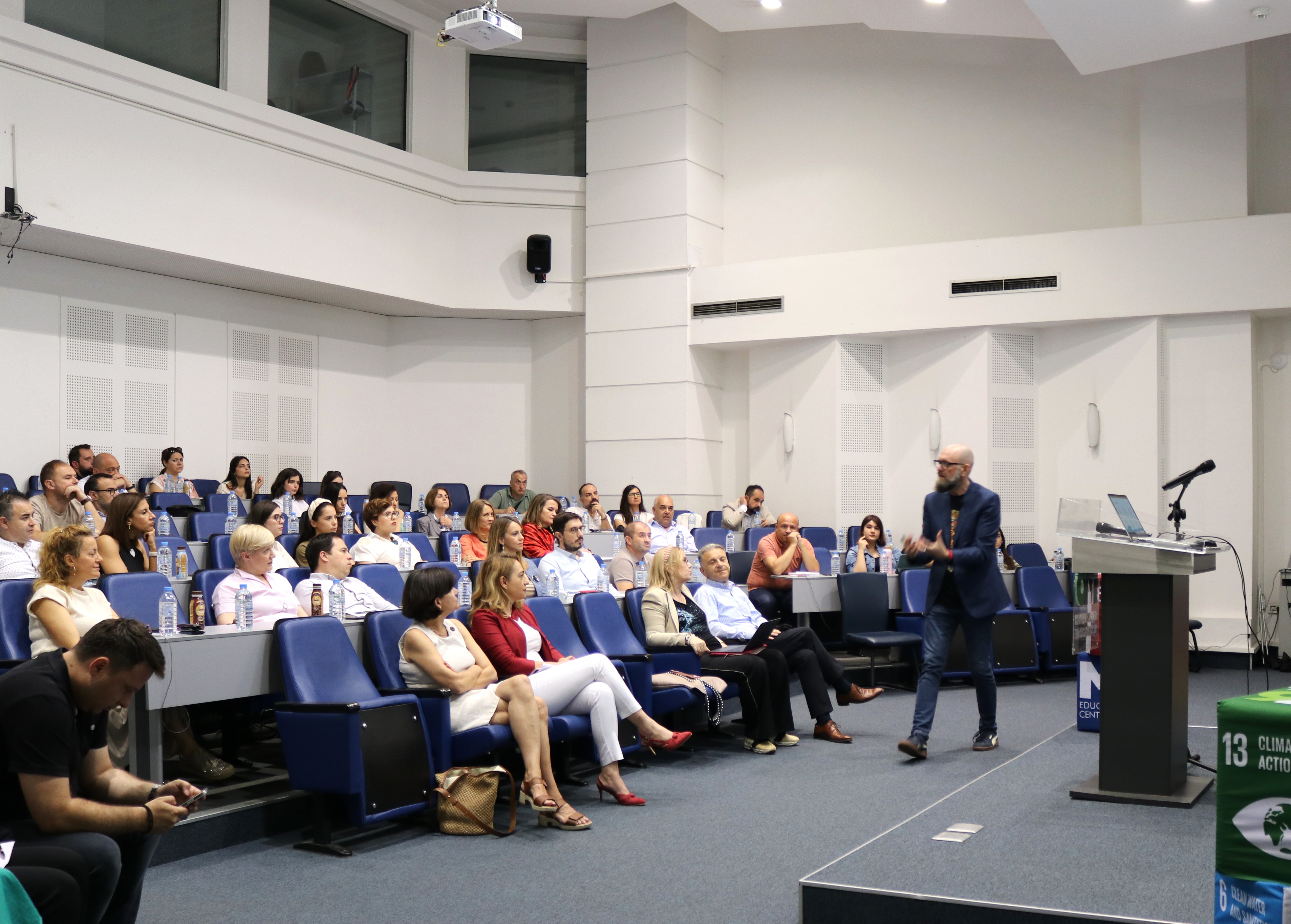Skill development within an organization can be noted as one of the principal avenues through which an organization can grow toward the achievement of its vision, mission and goals. Contemporary views on employee development and growth, whether that be through formal or informal channels, view the development of its employees as an investment that benefits both the employee and the business.
Recent research
Recent research as noted by Myles Runham and Kylie Stair in a webinar on “A Modern Approach to Overcoming the Skills Challenge”, places in perspective the breadth of importance that skills have in HR people strategy. Further, digital learning experiences, which offer a wide variety of tools and practices, that serve to strengthen a learner’s learning experience, can be implemented within an organization’s structure to support the development of skills in its employees. Furthermore, an important aspect of this is also rewarding your employee’s skills development and career planning around the development of your employees.
Thinking of skill development as an ecosystem
There needs to be a shift in how we think, in regards to skills development, with the rapid growth and technological advancement, employee skill development should be at the forefront for organizations. Managers can play an important role in the development of the employee’s skills, by knowing the people they work with, recognizing their needs and the needs of the company, and the connection between the two, managers can assume a coach-like role where they work to align the companies skill needs and the employee’s skill needs, for the growth of both. Moreover, employee skill advancement can be done through on-the-job assignments, buddy and mentoring, and coaching. Lastly, two key aspects to skill building are purposeful practice, which can be implemented within, on the job assignments/workflow, where employees have a practical avenue through which to exercise new skills, and feedback as the second important key aspect, and maybe one of the most important if done effectively, can broaden your employee’s perspective, challenge them for positive growth, break bad habits, and enable them to work more effectively towards their goals. With this in prospect, skill development should be thought of as a cycle for advancement, where agility holds importance.
Meet people where they are
Meet your employees where they are, sounds simple enough, and yet most forget to do it. As already mentioned, this greater need for agility as a response to the ever-growing technological advancement has created a rapid movement towards advancement and in the process has left out the human factor, our needs, interests, values, attitudes, emotions, and everything that makes us human. Recognizing your employees and valuing them each, can make for a positive and growth-oriented work environment, using signals that emphasize recognition, such as using the language that they use, can be a good way to show your employees recognition. Lastly, personalized learning journeys, encapsulate this aspect of “meet people where they are”, it emphasizes the fact that there isn’t one model that fits all, that we need to see what skills the organization needs and what are our goals, further, how they fit with the people, and enabling learning in the flow of work.
































